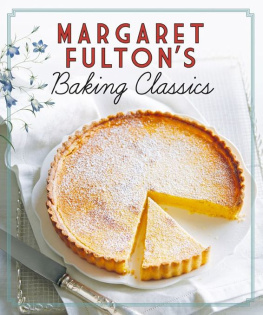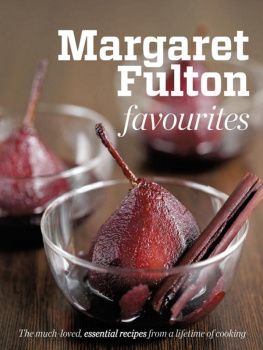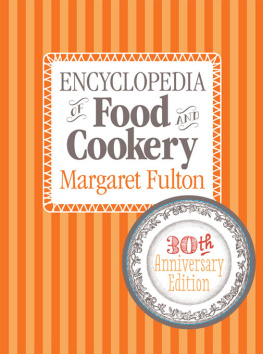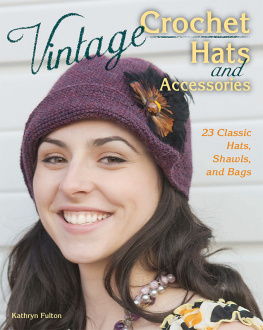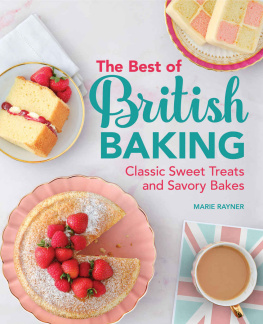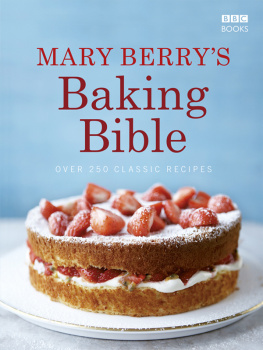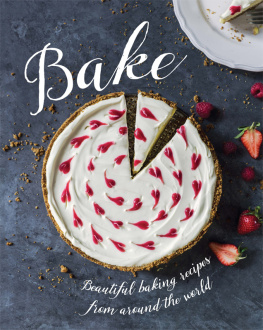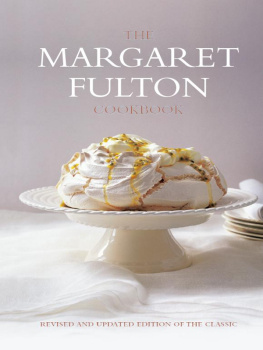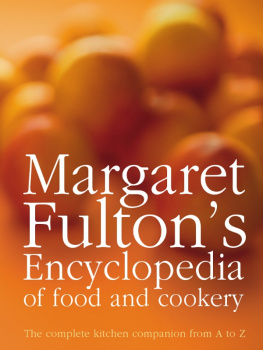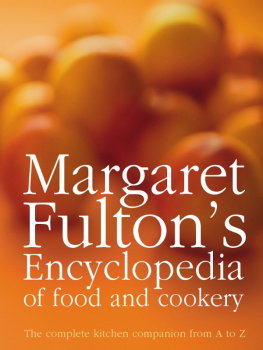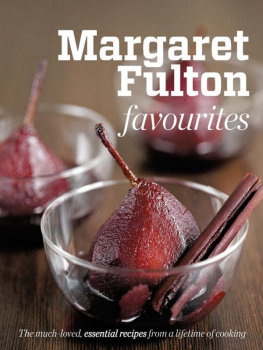




I T IS SEVEN oclock on Sunday morning and my niece is downstairs rustling up some trays of her special date slice, to take to friends. As the reassuring fragrance wafts into my bedroom, I love knowing that someone is in the kitchen and something is baking in the oven. It takes me straight back to my childhood and my mother, for whom home baking played a vital role in everyday life.
One of my fondest memories growing up was seeing my mother sitting in the kitchen with a mixing bowl on her lap, making her shortbread. The whole thing would be done, literally, by hand. One hand was kept clean, holding the bowl, while the other would beat in the butter, sugar and flour until it all got very buttery. She made very good shortbread and Ive continued that tradition, as has my daughter, Suzanne.
Rich cakes, melt-in-the-mouth biscuits, light-as-air sponges and fluffy scones have held pride of place in the Australian kitchen since pioneering days. And over the years, as weve become more cosmopolitan and sophisticated, the range of recipes has extended to include not only the established fare but also a varied international contribution as well. The inspiration for many of the recipes in this book came from my travels around the world.
As Suzanne (who has been working with me on this book) and I know, many people around the world share our love of baking little specialties for family and friends. In Holland, spicy speculaas are a favourite biscuit, especially at Christmas, while every self-respecting Scot takes pride in making shortbread. Throughout Scandinavia, Germany and Austria, spiced biscuits are made and enjoyed. In Germany two Stollens are baked, one to keep and one to give away. The French are renowned for their pastries, madeleines, fruit tarts and pithiviers. From Italy we get sometimes chewy, sometimes crisp specialties such as, siena cake and amaretti. We love these treats in our family, so it is natural that these traditions have inspired some of the recipes in this book.
Over the years, Ive received letters from all over the world enquiring about my recipes. I once got a letter from a group of men on expedition in Antarctica, wanting a crumpet recipe. I wrote to them for a long time afterwards and they sent photos of the crumpets they made. I still get so many letters about many of my baking recipes. Its wonderful to know these recipes get passed down in families and continue to live on.
Home-baked goods may not always resemble those professional offerings with their perfect edges and level tops, but usually this is a good thing. For me, something that looks handcrafted, a little rustic even, has far more allure than something that comes from a factory. And the bonus is, youve used real ingredients, so you know what youre eating.
Some people avoid baking because they think special skills are needed. Theres nothing mysterious about baking. The most important thing to remember is to follow the instructions. Youve got to learn the rules. If you dont learn the rules youll get into trouble. And you need to practise, just keep at it. I love teaching people how to make things like pastry, as its such a wonderful thing to know. Pastry is the base of all the good things in life!
For me, the sheer pleasure of baking is in the act of slowing down for long enough to roll up your sleeves to make something for your friends and family its in the giving and sharing. Suzanne and I invite you to share our love of baking through these recipes. Enjoy!
Margaret Fulton

Standard Australian metric weights and measures have been used in this book. To make these recipes you need a few inexpensive pieces of equipment obtainable at most supermarkets.
These are:
A standard graduated 250 ml fluid measuring jug for measuring liquids.
A set of four graduated metric measuring cups comprising 1 cup (250 ml), cup (125 ml), cup (approximately 80 ml) and cup (60 ml) used to measure dry ingredients.
A set of standard measuring spoons comprising 1 tablespoon (20 ml), 1 teaspoon (5 ml), teaspoon (2.5 ml) and teaspoon (1.25 ml).
A small set of scales.
A measuring tape or ruler that gives both metric and imperial measurements.
Note North American and British measuring cups and spoons vary from Australian standards. Follow one set of measures; do not mix them.
how to measure correctly
Dry ingredients
When measuring dry ingredients (flour, sugar, etc.) heap the cup or spoon, then level off the excess with a knife or spatula. For flour, pour or spoon the flour into the cup, rather than sweeping the cup into the packet (this method can compact the flour, giving you a heavier cup of flour than is standard).
Liquid ingredients
The metric measuring jug shows 1 cup, , , , and cup measures and their metric equivalents. The litre jug has a similar breakdown from 1 litre to litre and also shows graduations in millilitres (1000 ml = 4 cups = 1 litre).
general notes
All cup and spoon measures are level.
The recipes in this book have been made with the 250 ml cup.
5560 g eggs have been used unless otherwise specified.
Can, pack and bottle sizes are given in metric. Some cans and packs may vary a little from exact sizes given according to the different brands available. It is best to use the nearest size.
abbreviations
gram . g
kilogram kg
centimetre . cm
millimetre mm
millilitre . ml
oven temperature guide
Oven temperatures are expressed in degrees Celsius (C). If using a fan-forced oven, as a guide, drop the temperature by 20C. Oven temperatures vary according to make; therefore, refer to the instruction book that accompanies your oven. All ovens should be preheated to the specified temperature, particularly for cakes, biscuits and pastry recipes.
Know your oven; a new oven may take some getting used to. Most ovens have hotter or cooler spots, and some may run, overall, hotter or cooler than the temperature stated on the thermostat. With practice, you will soon become familiar with the idiosyncracies of your oven and will be able to adjust temperatures and times accordingly.

These conversions are approximate. If using a recipe that gives both cups and weights, stick with one system or the other.
weight
| METRIC | IMPERIAL |
| 1015 g | oz |
| 20 g | oz |
| 30 g | 1 oz |
| 40 g | 1 oz |
| 5060 g | 2 oz |
| 75 g | 2 oz |
| 80 g | 3 oz |
| 100 g | 3 oz |
| 125 g | 4 oz |
| 150 g | 5 oz |
| 175 g | 6 oz |
| 200 g | 7 oz |
| 225 g | 8 oz |
| 250 g | 9 oz |
| 275 g | 10 oz |
| 300 g | 10 oz |
| 350 g | 12 oz |
| 400 g | 14 oz |
| 450 g | 1 lb |
| 500 g | 1 lb 2 oz |
| 600 g |

